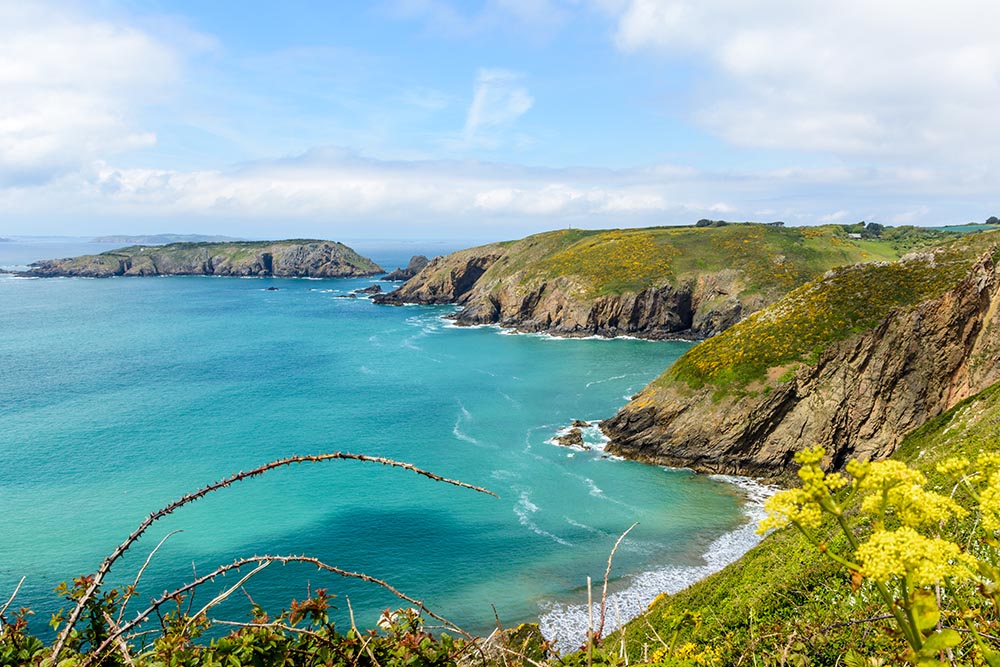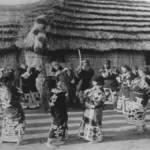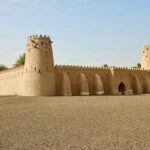Guernsey, one of the most distinctive lands in the Channel Islands, is often searched by travelers, history readers, students, and cultural enthusiasts trying to understand what makes this small island so unusual and historically rich. The clearest answer is that Guernsey stands at a rare crossroads between Britain and France geographically close to Normandy yet politically aligned with the British Crown giving it a layered identity that is not easily summarized in a single sentence. In this article, you will find a comprehensive, modern explanation of Guernsey’s origin, structure, everyday life, economy, politics, cultural traits, and why it continues to matter far more than its size suggests. The goal is to provide a fresh, updated, and deeply informative look at Guernsey that goes beyond basic travel descriptions.
Guernsey may appear small on a map, but its historical weight is immense. As one of the Crown Dependencies, it is not part of the United Kingdom, not part of the European Union, and not an independent nation. Instead, Guernsey occupies a legal, political, and cultural space entirely its own. This layered status, which evolved over nearly a thousand years, shapes everything from how laws are written to how people describe their identity. To understand Guernsey is to understand how an island can maintain stability while sitting at the crossroads of continental forces and centuries of maritime trade.
Today, Guernsey is known equally for its financial services, rugged coastlines, quiet villages, wartime fortifications, and a social atmosphere that feels both old-world and practical. Yet behind this polished image lies a deeper story: one of resilience, negotiation, governance, and the steady protection of local autonomy. Whether you approach Guernsey as a visitor, researcher, or casual reader curious about hidden corners of the world, the island offers clarity on how small communities survive modernity without losing their history. To help readers grasp the essentials quickly, the following table expands the core dimensions of Guernsey in easy-to-read English.
Expanded Informational Table: Key Facts About Guernsey
| Attribute | Description |
|---|---|
| Political Status | A British Crown Dependency with internal self-government; not part of the UK or EU. |
| Location | In the English Channel, near the coast of Normandy, France. |
| Capital | St. Peter Port. |
| Languages | English widely spoken; Guernésiais (a Norman language) preserved culturally. |
| Legal System | Based on Norman customary law blended with English influences. |
| Currency | Guernsey Pound, issued locally; 1:1 with British Pound. |
| Population | Small, stable, characterized by strong local identity and international connectivity. |
| Economy | Finance, insurance, tourism, agriculture, digital services, and niche industries. |
| Climate | Mild maritime climate with cool summers and temperate winters. |
| Cultural Identity | A blend of Norman heritage, British governance, and island self-reliance. |
| Historical Significance | Medieval ties to Normandy, English governance, WWII German occupation. |
| Transport | Local buses, cars, ferries, and flight connections to UK and nearby regions. |
| Tourism Appeal | Coastlines, museums, wartime bunkers, cuisine, walking trails, slow-life atmosphere. |
| Special Features | Independent fiscal policy, unique political structures, strong heritage preservation. |
| Modern Issues | Sustainability, housing, balancing finance with environmental protection. |
An Island Defined by Layers of History and Identity
Guernsey does not fit neatly into categories. Too British to be French, too French-influenced to be fully British, too independent to be considered a region, too small to be a typical nation-state it is a place shaped by centuries of negotiation between land, law, and cultural inheritance. When people search “Guernsey, the Channel Islands,” what they are truly asking is: What kind of island is this, and why does it remain so distinct in the modern era? The answer lies in Guernsey’s ability to maintain historical continuity while adapting to global shifts.
The Channel Islands have some of Western Europe’s oldest forms of local self-government. For Guernsey, this means that change is never imposed abruptly. Instead, it is filtered through long-standing institutions, each with roots in medieval times yet functioning with surprising modern efficiency. This unusual blend ancient governance with modern application shapes the island’s rhythms and sets it apart from many regions in Europe.
Guernsey’s story is ultimately one of resilience. Seas, wars, shifting allegiances, and global commerce all arrived at its shores, yet the island protected its identity by merging what was useful and rejecting what might dilute its autonomy. That sense of careful balance remains visible today in its laws, landscapes, and people.
Guernsey’s Geography: The Landscape That Shapes Its Character
Guernsey’s coastline is jagged, beautiful, and distinct. High cliffs dominate the southern shore, carved by Atlantic winds and waves into jagged layers of rock that drop directly into the sea. To the north, the land softens, creating calmer beaches and flat fields that historically supported farming and local dairy production. The island’s modest size makes every feature feel close, yet nothing feels cramped.
In many ways, the geography explains the island’s pace of life. The terrain encourages walking paths, cliff routes, and outdoor exploration. The sea is always visible, always audible, always shaping the weather. Guernsey residents speak about the coastline not as scenery but as a companion — one that provides both beauty and caution.
This close relationship with the environment influenced everything from traditional housing styles (low granite cottages built to withstand storms) to modern planning decisions that seek to protect open spaces while accommodating population needs.
Cultural Identity: A Blend with Deep Roots
The cultural identity of Guernsey is neither fully British nor fully French; instead, it exists as its own independent thread in the history of Europe. While English is the common language today, many island families still carry surnames with Norman origins. Some residents continue speaking Guernésiais, the local Norman dialect preserved in literature, songs, and community programs. The island’s culture also reflects centuries of maritime life. Fishing traditions, shipbuilding, trade networks, and historical smuggling routes shaped local stories and family histories. Even today, boating remains a major part of recreation, commerce, and identity. Guernsey’s people often describe themselves first as islanders, then as Guernseymen or Guernseywomen, and only afterward as British. This layered identity is not a contradiction but a practical reflection of the island’s constitutional position.
Historical Overview: From Normandy to Modern Governance
Guernsey’s political status is best understood through history rather than constitutional theory. The island’s medieval connection to William the Conqueror and the Duchy of Normandy means it inherited Norman laws, courts, and social systems. When England lost mainland Normandy, the Channel Islands chose to remain loyal to the English Crown — but not to join England as a county or region. This decision created the Crown Dependencies: territories owing allegiance to the monarch but maintaining internal autonomy.
Over the centuries, Guernsey experienced:
- Medieval trade expansions
- Defensive fortification eras
- Privateering periods
- Industrial transitions
- German occupation during World War II
- Post-war recovery and modernization
The wartime years left visible marks: underground tunnels, bunkers, fortifications, and stories passed down through generations. Rather than being erased, these structures have been incorporated into modern identity, serving as reminders of resilience and community strength.
Government and Legal System: Autonomy in Action
Guernsey’s government is one of the most fascinating parts of its identity. The island is self-governing with its own parliament, known as the States of Deliberation. Laws passed in Guernsey do not automatically mirror UK laws; instead, they reflect local needs and long-term policy discussions. The legal system, heavily influenced by Norman law, treats property, inheritance, and obligations differently from England. This gives Guernsey a unique judicial flavour one that feels historically grounded yet modernized through legislative updates. Fiscal autonomy is another defining feature. Guernsey sets its own taxes, creates its own economic strategies, and maintains its own currency. This independence has helped the island build a stable financial sector without relying on external political shifts.
Economy: A Balance of Finance, Heritage, and Sustainability
Guernsey’s economy evolved from agriculture and fishing to finance and digital services. The island is known internationally for its financial expertise, particularly in insurance, wealth management, and funds administration. While some outsiders misinterpret this as secrecy, the reality is that Guernsey built a reputation on regulation, compliance, and long-term stability. Tourism remains significant, driven by coastal scenery, historical sites, and cultural festivals. agriculture especially dairy maintains a role in island life, with Guernsey cows recognized globally for their milk quality.
In recent years, sustainability has become a priority. The island faces challenges related to energy, housing, biodiversity, and modern infrastructure. Policymakers increasingly seek solutions that preserve heritage while preparing for climate realities.
Everyday Life: Community, Rhythm, and Connection
Life in Guernsey is defined by balance. The island offers modern comforts, stable governance, and well-developed services, yet maintains the feel of a small community where neighbors often know one another and traditions remain alive. Markets, seafront walks, local festivals, and community gatherings contribute to a strong civic spirit. Schools and healthcare services are locally managed, contributing to a sense of self-sufficiency. Island life also has a slower rhythm. Nature is close, distances are short, and the sea creates a natural boundary that encourages mindfulness.
Why Guernsey Continues to Matter
Guernsey may be small, but it occupies a distinctive place in global conversations about governance, identity, and resilience. It demonstrates how a territory can remain autonomous without becoming isolated, how heritage can coexist with modern industry, and how a community can preserve culture while engaging with the world. And its layered identity captivates anyone interested in how societies blend history and modernity. Guernsey endures because it has learned when to adapt and when to hold steady.
Conclusion
Guernsey, the Channel Islands, is far more than a picturesque island. It is a case study in continuity, autonomy, and cultural depth. Through centuries of shifting alliances, global changes, and economic evolution, Guernsey protected its distinctive identity by embracing what worked and preserving what mattered. This updated informational article aims to give you a clear, reader-friendly understanding of what Guernsey truly represents historically, politically, culturally, and socially. The island remains one of Europe’s most intriguing small territories, proving that size has little to do with significance.











